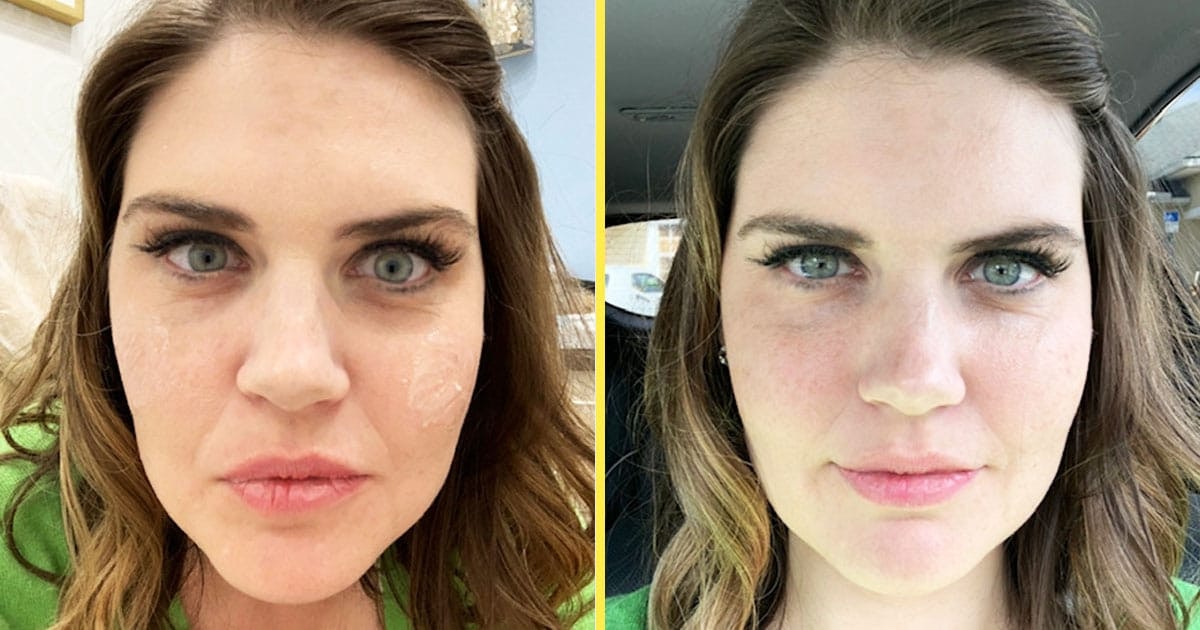Dark circles are a common concern for many people, regardless of age or gender. They can make you look tired, older, and unhealthy, and can be difficult to conceal with makeup. Fortunately, there are several effective treatments available for dark circles that can help to improve their appearance and boost your confidence.
Causes of Dark Circles
Before we discuss the treatments available for dark circles, it’s important to understand what causes them in the first place. There are several factors that can contribute to the appearance of dark circles, including:
- Genetics: Some people are simply more prone to dark circles than others due to genetics.
- Aging: As we age, the skin under our eyes becomes thinner and more delicate, making dark circles more noticeable.
- Lack of sleep: A lack of sleep can cause blood vessels to dilate and become more visible, resulting in dark circles.
- Dehydration: When the body is dehydrated, the skin can become dull and dry, making dark circles more prominent.
- Allergies: Allergies can cause inflammation and swelling around the eyes, resulting in dark circles.
- Sun exposure: Too much sun exposure can cause pigmentation changes in the skin, leading to dark circles.
Treatments for Dark Circles
Now that we understand the causes of dark circles, let’s take a look at the different treatments available to improve their appearance.
- Topical Treatments
There are several topical treatments available that can help to reduce the appearance of dark circles. These treatments typically contain ingredients such as vitamin C, retinol, caffeine, and hyaluronic acid, which can help to brighten the skin and reduce inflammation.
- Chemical Peels
Chemical peels are another effective treatment option for dark circles. A chemical peel involves applying a chemical solution to the skin, which causes the top layer of skin to peel away. This helps to remove dead skin cells and promote the growth of new, healthy skin cells. Chemical peels can help to reduce the appearance of dark circles by improving the overall texture and tone of the skin.
- Laser Therapy
Laser therapy is a non-invasive treatment option for dark circles that involves using a laser to target and break up pigmentation in the skin. This helps to reduce the appearance of dark circles and improve the overall texture and tone of the skin. Laser therapy is generally safe and effective, but it may require multiple treatments to achieve optimal results.
- Dermal Fillers
Dermal fillers, also known as injectable fillers, are a popular treatment option for dark circles treatment. Dermal fillers are injected into the skin to add volume and plumpness, helping to reduce the appearance of dark circles and hollowness under the eyes. Hyaluronic acid fillers are typically used for this area, as they are safe and provide natural-looking results.
- Blepharoplasty
Blepharoplasty, or eyelid surgery, is a surgical procedure that involves removing excess skin and fat from the eyelids to improve the appearance of the under-eye area. This procedure is typically performed under local anesthesia and has a relatively short recovery time. Blepharoplasty can be an effective treatment option for dark circles, but it is generally only recommended for severe cases.
Lifestyle Changes to Reduce Dark Circles
In addition to these treatment options, there are also several lifestyle changes you can make to help reduce the appearance of dark circles. These include:
- Getting Enough Sleep
Getting enough sleep is essential for maintaining healthy-looking skin. Aim for 7-8 hours of sleep per night to help reduce the appearance of dark circles.
- Staying Hydrated
Drinking plenty of water can help to keep the skin hydrated and reduce.
- Lack of sleep: A lack of sleep can cause blood vessels to dilate and become more visible, resulting in dark circles.
- Dehydration: When the body is dehydrated, the skin can become dull and dry, making dark circles more prominent.
- Allergies: Allergies can cause inflammation and swelling around the eyes, resulting in dark circles.
- Sun exposure: Too much sun exposure can cause pigmentation changes in the skin, leading to dark circles.
